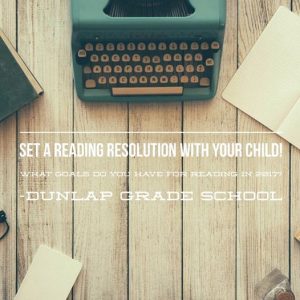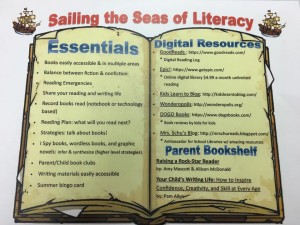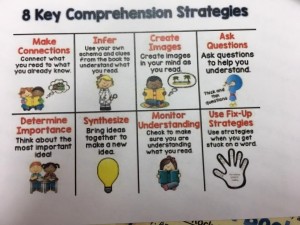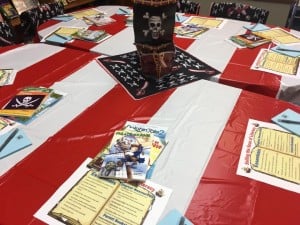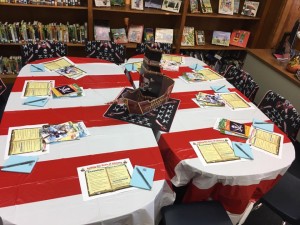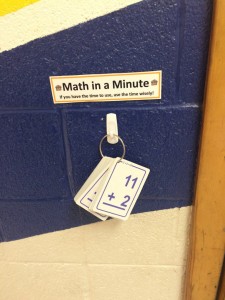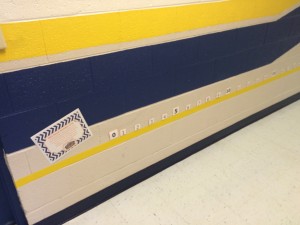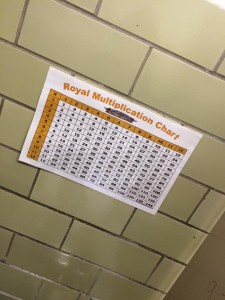Bar Models
Submitted by: 2nd Grade Teacher, Mrs. Pitzer
This is my third year of teaching Math in Focus and it has been the year of Ah-HA moments. I am now understanding why this curriculum and the Common Core is teaching things like bar models to help students in math. It is important to know though, that my journey didn’t begin that way. With all the negative attention Common Core is receiving it is hard to be positive about it and when there are positives, they get lost or go unnoticed. The most common statement is always; I was never taught math that way and I turned out fine. Being a student who struggled with math though, I have found that I am wishing I was taught this way. And that is the honest truth. While any set of standards have opportunities for improvement, I have come to learn there is a purpose to the methods and strategies that reinforce the Common Core Standards. Bar models are a tool, that when used correctly and practiced enough can help students tackle even the most complicated of word problems. Bar models have not only helped me with word problems but have helped my brightest students think more critically and helped my struggling students know what to do and why.
The first thing taught when bar models are introduced is the concept of a bar representing a number. Instead of drawing 58 apples, you can just draw a bar to represent 58. Bigger bars represent larger numbers and smaller bars represent smaller numbers. Next, students are introduced to the part-part-whole concept. Basically when you put two parts together you have a whole. This means you are going to have more and the operation that gives us more is addition. Sometimes though you are given a whole and just a part which means you end up with something smaller. The operation that gives us less, is subtraction. Second graders were even taught hand motions to further help them move from memorization to mastery.

Once we understand this, we then work on finding the parts and a whole in the word problem. This is different in years past, where students were trained to look for key words and complete the operation that was associated with that key word. Struggling students would not read the problem, see the word more, and immediately add. However, that might not be correct and if it didn’t work, they didn’t understand why. This year, I’ve noticed that by teaching students to draw and label a bar model first, they can know instantly whether they are adding or subtracting and know why. Again knowing the why part helps students move in to mastery.
After a lot of practice with the part-part-whole model, we move into the comparison model. This is where the word problem is comparing things and using the words more, less and or fewer. Yes those are key words, but the key words are only used to let students know the type of bar model to draw instead of what operation to solve. These types of bar models are two bars, one on top of the other. Now when students look at a problem they try to label the bar with either the name or the object the problem is about. They are determining what is more and what is less. Once they know who or what each bar represents, they can plug in the numbers and see if they have a whole and a part or a part and a part. The bigger bar is always the whole, the smaller bar is a part and the difference between the two (labeled with a bracket of sorts) is the other part. By taking what they learned about the part whole concept, they can select the operation that matches.

Once students have had practice with these types of models, we then apply what we have learned to two step problems. Two step problems are often extremely difficult but by using bar models, it doesn’t seem quite as overwhelming and more solvable.
The goal of second grade is to only introduce and practice using bar models not to master them. As students continue the year, they receive more practice in using them to solve problems involving measurement and multiplication. This will prepare them for the upper grades where word problems become more abstract. Bar models become a necessary part of problem solving. By teaching students what, how and why to visualize while practicing using the visual, students can move this skill into mastery. Instead of drawing a bar model they can picture it in their head and use mental math to solve it, which is more of a real life skill.
I understand the backlash of this method and empathize with parents who aren’t sure how to help their child, so they teach them a shortcut. If there is anything I have learned by teaching this curriculum though, it is that teaching shortcuts before a student understands why, doesn’t always equate to mastery. Students often don’t understand why they are using a shortcut, how to use it and or which shortcut they should pick. The missing link that Common Core is trying to provide is understanding why and how those shortcuts work. By understanding the why and how first, students can then be introduced to shortcuts and pick the one that works the best for them. It is with deeper understanding that they can become more independent, transition into higher level thinking, and master skills instead of memorize.
It took me three years to get here, and it wasn’t easy, but bar models have allowed me to solve word problems more easily and think more critically. I have seen students have less anxiety and tackle problems that they wouldn’t have been able to because of bar models. It is also helped me realized that if it took me three years of practice, mastery will not happen overnight. My goal is to introduce and provide my students with as many practice opportunities as possible so they can have a strong foundation. As students move through the grades and continue their learning, they can then build on that foundation to become master mathematicians with stellar critical thinking skills.
If you are interested in knowing more about bar models, Mrs. Zarko and I have created several videos to help students and their families at home. Please feel free to check them out below:
https://www.educreations.com/lesson/view/introduction-to-bar-models/25391489/
https://www.educreations.com/lesson/view/comparison-bar-models/26229209/
https://www.educreations.com/lesson/view/two-step-problems-using-bar-models/26463797/

